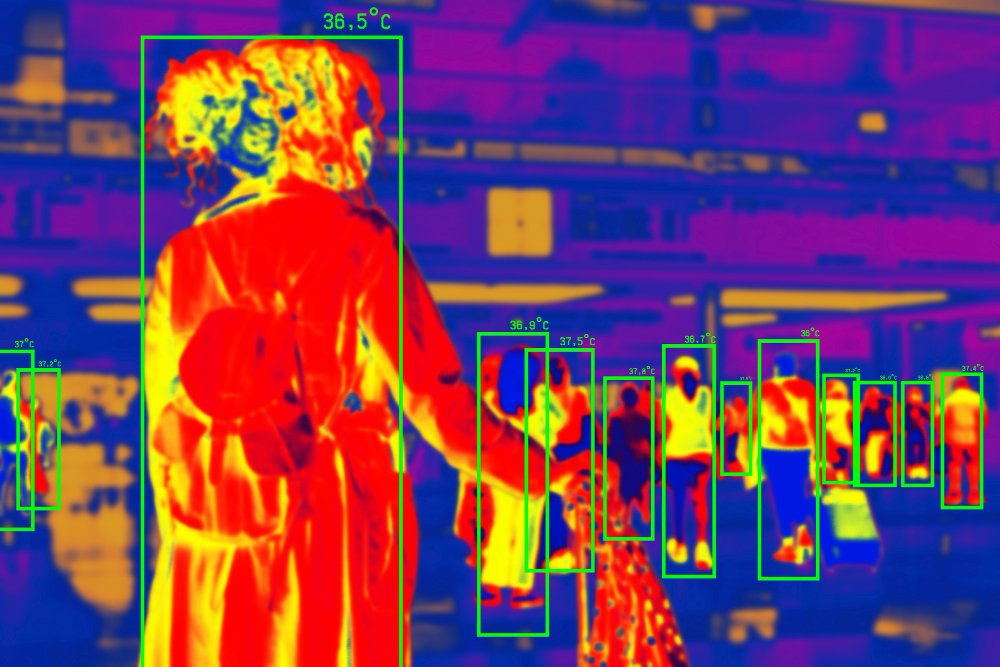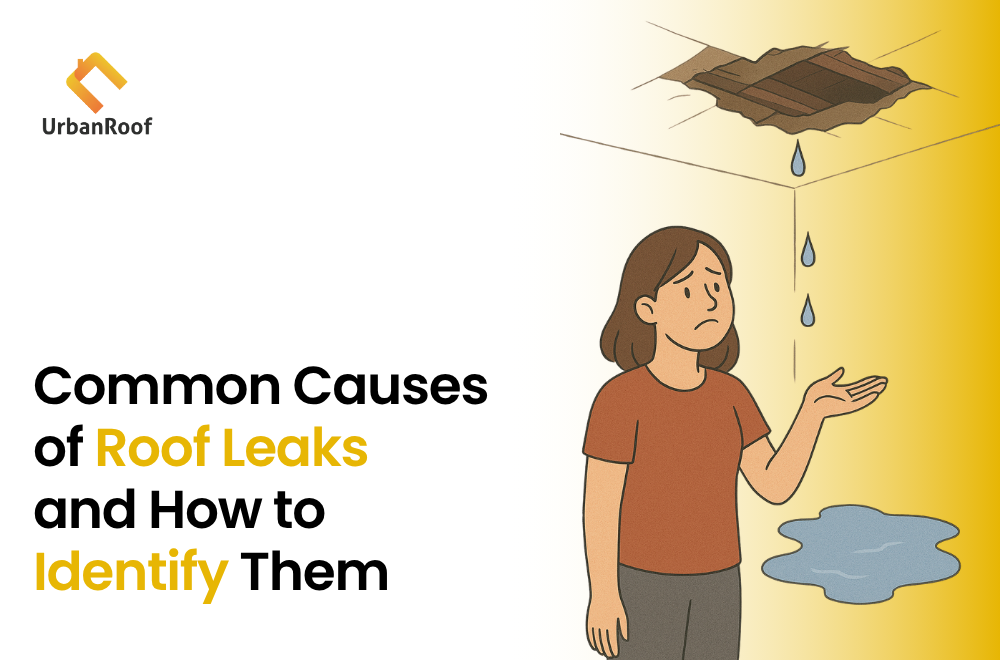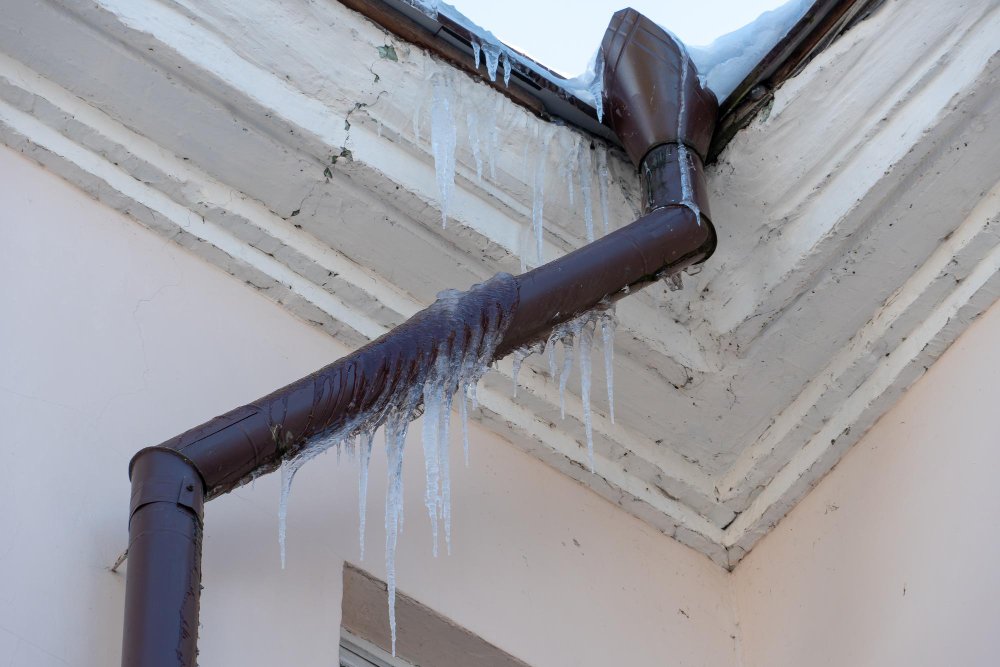Why Infrared Thermal Imaging Should Be Your First Step Before Treating Wall Dampness
Wall dampness and seepage are common problems in homes—but treating them the wrong way can be expensive, frustrating, and completely ineffective.
If you’re thinking of repainting, waterproofing, or replastering to solve dampness, there’s something important you should do first:
Start with an infrared thermal imaging inspection.
This non-invasive technology helps you see what’s going on behind your walls, so you can fix the real issue—not just the surface damage.
Why Wall Dampness Can Be Deceptive
Many homeowners make the mistake of assuming the damp patch on their wall is where the problem starts. But in reality:
- Water may be entering from somewhere else and traveling along hidden paths.
- Symptoms appear far from the source, due to gravity or material absorption.
- The visible damage may just be the tip of the iceberg.
Without correctly identifying the source and spread of moisture, surface treatments often fail—leading to repeat repairs, mold growth, and wasted money.
What Is Infrared Thermal Imaging?
Infrared thermal imaging uses advanced cameras to detect heat patterns on building surfaces.
Moisture changes how heat is retained and released. Damp areas typically appear cooler than dry areas, especially when conditions are right. These thermal “cold spots” allow trained professionals to detect:
- Hidden leaks behind paint, tiles, or plaster
- Seepage from exterior walls, terraces, or roofs
- Rising damp from the ground
- Plumbing leaks inside walls
All of this is done without drilling or damaging your home.
Benefits of Thermal Imaging Before Damp Treatment
1. Targeted Repairs
You’ll know exactly where the moisture is coming from, so your contractor can fix the root cause—not just repaint over the damage.
2. Save Money
By avoiding unnecessary waterproofing or guessing games, you prevent repeat repairs and costly mistakes.
3. Avoid Structural Damage
Detect moisture before it causes long-term issues like weakened walls, corrosion, or fungal growth.
4. Visual Proof
You get thermal images that clearly show which areas are affected and how far the moisture has spread.
Common Mistakes Homeowners Make
- Treating dampness without investigating the source
- Believing visible damage is the full extent of the issue
- Waterproofing large areas unnecessarily
- Ignoring early signs of moisture due to lack of visible stains
These mistakes often lead to recurring problems—and avoidable expenses.
When to Consider a Thermal Dampness Inspection
- You see wall stains, bubbling paint, or musty smells
- You suspect a roof or terrace leak
- After heavy rain, plumbing work, or water damage
- Before buying or selling a property
What You Can Expect from a Professional Thermal Inspection
A certified thermal imaging expert will:
- Scan interior and exterior walls with a calibrated infrared camera
- Identify areas with abnormal thermal patterns (indicating moisture)
- Provide a detailed report with images, temperature readings, and recommendations
This information empowers you to take targeted action, whether it’s repairing a plumbing line, resealing a terrace, or treating rising damp.
Don’t let dampness become a guessing game.
Thermal imaging is the smart, first step every homeowner should take before starting damp repairs. It’s quick, accurate, and completely non-destructive.
By detecting moisture before you treat it, you protect your home—and your wallet—for the long run.
Ready to Book a Thermal Dampness Inspection?
At UrbanRoof, we specialize in infrared dampness diagnostics for homes, apartments, and commercial spaces. Explore,
- Certified inspectors
- Detailed reports
- Transparent pricing
- Fast, damage-free service
Let’s take the next step towards making sure your home stays healthy at it’s core.




